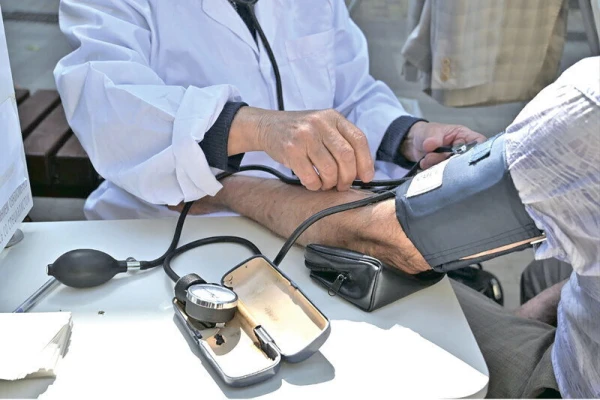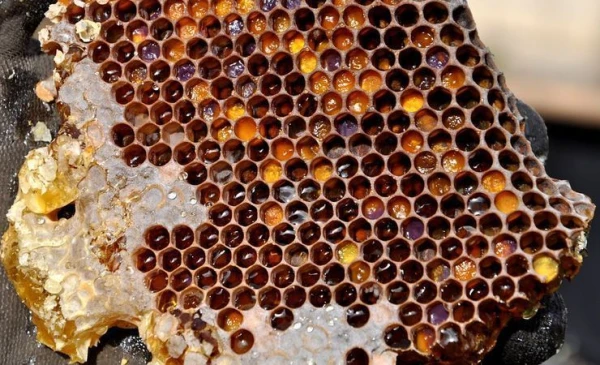
Many of your favorite recipes can be made healthier simply by substituting low-fat ingredients. If you cannot lower your LDL - bad cholesterol - to a healthy level by reducing fat intake, add foods that lower cholesterol.
Use Less Fat
If a recipe calls for 1 cup of butter, use half and replace the other half with 1/4 cup of pureed prunes by blending a third of a cup of prunes with 6 tablespoons of hot water in a blender or food processor. This yields one cup of puree. For baked goods, you can substitute 1 cup of butter with 1 cup of applesauce and still achieve a moist, delicious product without all the fat and calories.
Use herbs instead of oil in salads. Many cookbooks have lists of herbs that add flavor to dishes. For example, try basil with zucchini. Or sprinkle broccoli with lemon pepper.
Use egg whites instead of whole eggs or egg yolks, low-fat dairy products, lean turkey or ham instead of bacon or sausage, pretzels instead of potato chips, choice cuts of meat, safflower/sunflower/canola/olive oil, and vinegars instead of salad dressings.
Cook Lean Meat
The best cuts of meat, which contain fat, are considered by many to be the most flavorful. However, you can get much of the flavor with less fat by choosing lean cuts of meat. All meat contains saturated fats and cholesterol, but some types are safer:
-
skinless chicken, turkey;
-
lean ground beef containing no more than 15% of calories from fat;
-
lean ham, pork tenderloin, pork chop;
-
leg of lamb, saddle of lamb;
-
rabbit or venison.
Use Low-Fat Cooking Methods
Follow these tips for the healthiest cooking methods:
-
Bake, roast, grill, steam, microwave, or sauté with just a small amount of oil.
-
Use non-stick pans.
-
Apply a light coating of vegetable oil instead of butter or cook with fat-free broth, fruit juices, or wine.
-
Trim all visible fat from meat before cooking.
-
Drain fat after cooking.
-
Baste meat with wine, orange, or lemon juice instead of fat.
-
Chill broth and skim off fat before using in sauces, soups, and stews.
-
Remove skin from poultry or turkey before serving.
-
Thicken sauces and soups with fat-free or 1% milk and a small amount of flour or cornstarch instead of whole milk products.
Make Vegetables the Foundation of Your Diet
A few times a week, replace animal protein with plant-based protein (tofu, beans, peas, lentils). If this is new to you, browse through some vegetarian cookbooks or magazines for ideas on cooking methods and spices. Make gradual changes. Over time, you will get used to your new dishes, and your tastes will change.
Substituting fish for meat is also a healthier choice. Eat fish at least twice a week instead of meat. Adding more vegetables can also increase soluble fiber, which helps lower LDL - or bad cholesterol.
Soluble fiber is found in all of the following foods:
-
oatmeal;
-
oranges;
-
pears;
-
Brussels sprouts;
-
carrots;
-
dried peas and beans.
Add as many of these foods to your diet as possible.
Avoid Processed and Packaged Foods
Homemade dishes are often healthier and tastier than packaged products. The real key is that they are generally better for you. Packaged sauces and mixes, as well as convenience foods like instant rice, pasta, and instant cereals, often contain fat.










